Manna MomentGod created the the sun, moon, and stars on the fourth day of creation (Genesis 1:16). We’ve already looked at the many ways God uses the Sun to provide for life on Earth but did you know that the Sun is only one of the multitude of special stars that God created and named? Review of the Sun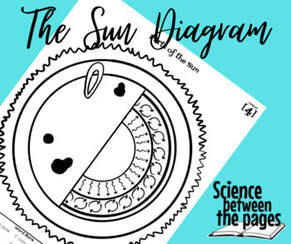 To test the student's knowledge of the parts of the sun, I gave them this diagram. Seasons and Orbit of the EarthWhat is a Star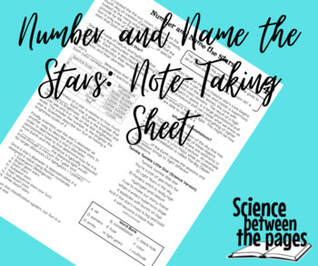 Have you heard the classic lullaby Twinkle, Twinkle Little Star? Here is a science version I found on Adcouncil.org It goes like this: Twinkle, twinkle little star You're a ball of gas that's far 32 light years in the sky 10 parsecs which is really high Hydrogen and Helium Fuse to make our starry friend When it enters supernova stage it explodes with bursts of rays And if the star's mass is big and bold It will become a black hole Throughout our note taking guide today, we defined what many of these terms and learned about what a star is, what are constellations and what asterisms are. We learned that God has named all the stars and we have tried to name them according to the categories they fall into. First of all, stars are balls of gas that are really far. Hydrogen and Helium are gases that fuse within a star and create a thermonuclear reaction that powers the star. This is the same with our sun. Scientists categorize stars by their color/temperature, their brightness and their approximate diameter. Scientists use these letters in this order to tell us how hot a star is O B A F G K M I challenged the students to come up with an initialism to remember these letters as the O is the hottest star that is blue/violet while the M is the coolest star at red. Our sun is a G on the temperature scale and it is a yellow star. We came up with: Oh Boy Astronomy Feeds Great Kind Minds There is a spot on the note taking sheet for you to come up with your own initialism. A star's brightness is based on a number scale where the smaller the number, the brighter the star. How big a star is, is categorized by roman numerals with roman numeral I being a supergiant like Betelgeuse. Constellation versus asterismIn 1930 there was an Astronomical Society that decided to categorize all the stars into 88 constellations. Therefore there are only 88 constellations. A constellation is a region of the sky with stars. The stars don't have to be part of a picture to be within the constellation. Should a group of stars create a picture like the Big Dipper, it would then be called an asterism. However, constellation is used interchangeably for Big Dipper and Ursa Major. This is probably fine, I just found it interesting the difference. How do you find the North Star? I drew this picture on the board to help show the students how to find the North Star, Polaris. First you would locate the Big Dipper and find the stars Merak and Dubhe. These two stars will point straight to Polaris which is on the handle of the little dipper. I had the students draw this on black construction paper with white map pencils. I gave them star stickers to put in place of the stars if they wanted.
0 Comments
Leave a Reply. |
Lead LearnerWelcome! My name is Nicole Fleming and I have been leading science learning in the Bryan/College Station homeschool community for over 10 years. Archives
April 2023
Categories |
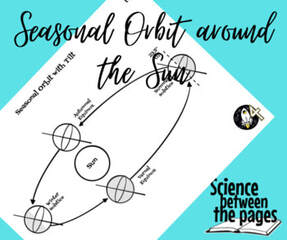
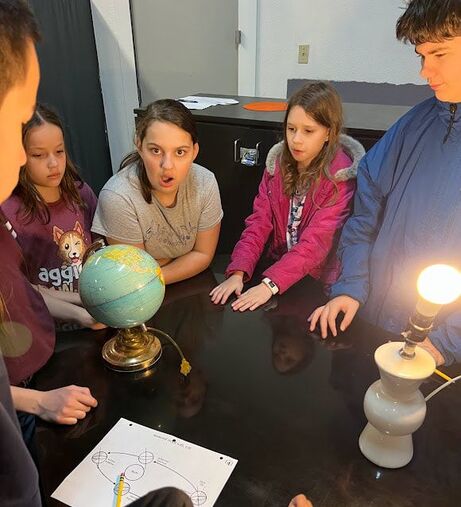
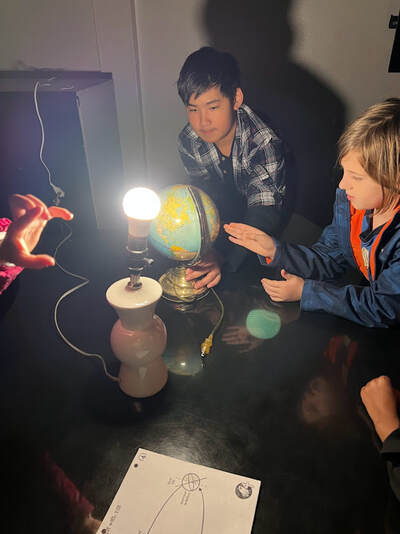
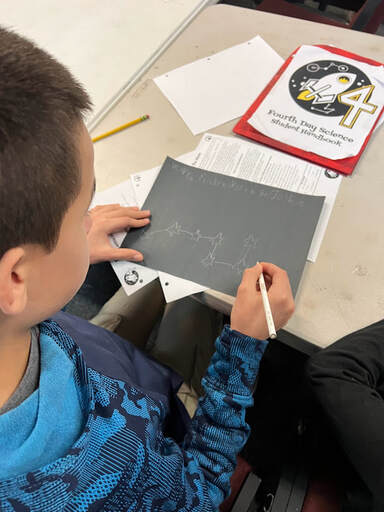
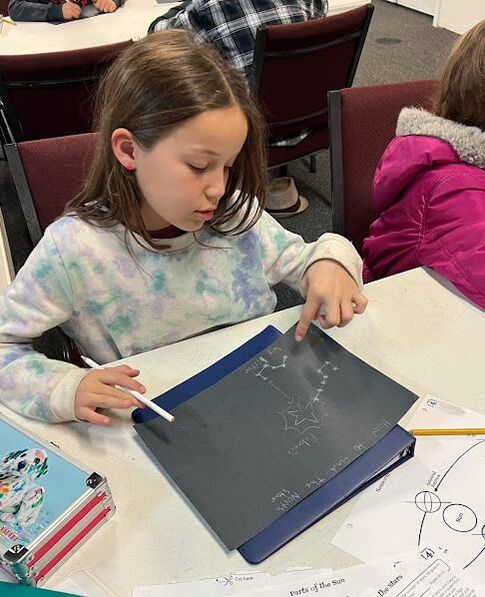
 RSS Feed
RSS Feed